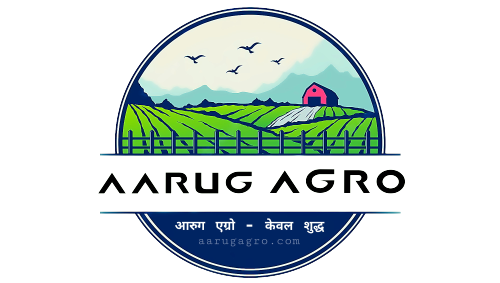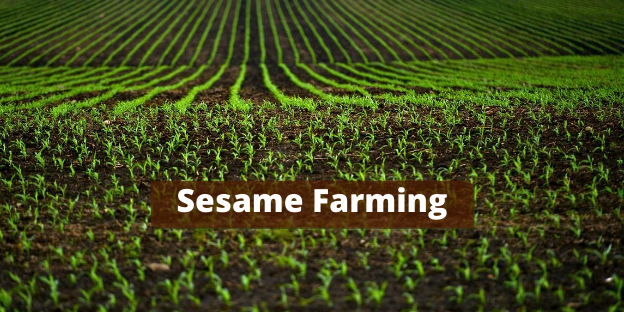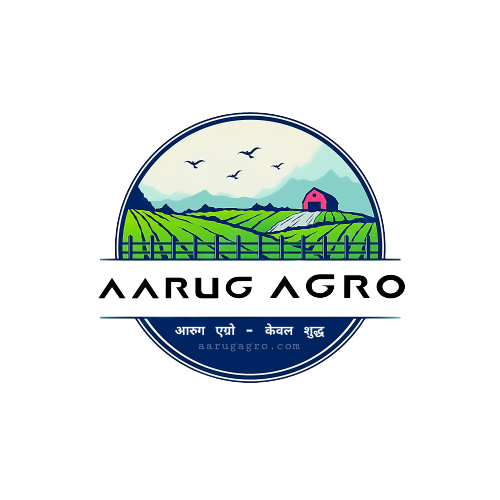Sesame Farming : As one of the oldest oilseed crops known to mankind, sesame seed is considered the oldest. Historically, sesame has been able to grow in areas that are not suitable for other crops. Additionally, it thrives in drought conditions, high heat, little water after monsoon rains have passed, or even when rains fail. In deserts where no other crops grew, subsistence farmers could grow it. A survivor crop has been described as sesame.
Sesamum indicum (Sesamum indica) is actually a flowering plant of the genus Sesamum. They have dark-green, tubular leaves and pale pink or white tubular flowers. Depending on the variety, mature plants can reach heights of 3 to 6 feet. All over the world, sesame has become naturalized. It is cultivated mainly for it’s edible seeds, which are found in pods or buns. There are many species of Sesamum, most of which are wild and native to sub-Saharan Africa.
In the past 3000 years, sesame seeds have been domesticated as one of the ancient oil seed crops. The oil content of this oilseed is the highest among oil seeds. A very common ingredient in global cuisines, sesame seed oil has a rich, nutty taste.
During its growing period, sesame requires hot climatic conditions. It is not good for sesame cultivation to experience frosts, heavy rains, or prolonged droughts. A very low or very high temperature can affect a plant’s growth. Ideally, sesame should be grown between 25 and 35 degrees Celsius.
It usually takes between 3-5 months for sesame seeds to mature for harvest. Harvesting usually occurs when the lower leaves of the plant begin to shed and the leaves turn yellow. The crop should be harvested as soon as the seeds are shed, rather than waiting until they are dead ripe. For the threshing process, ripe sesame plants should be cut at ground level and stacked in the sun for 7 to 10 days.


